Book of Deer 1382–1425 (Welsh)
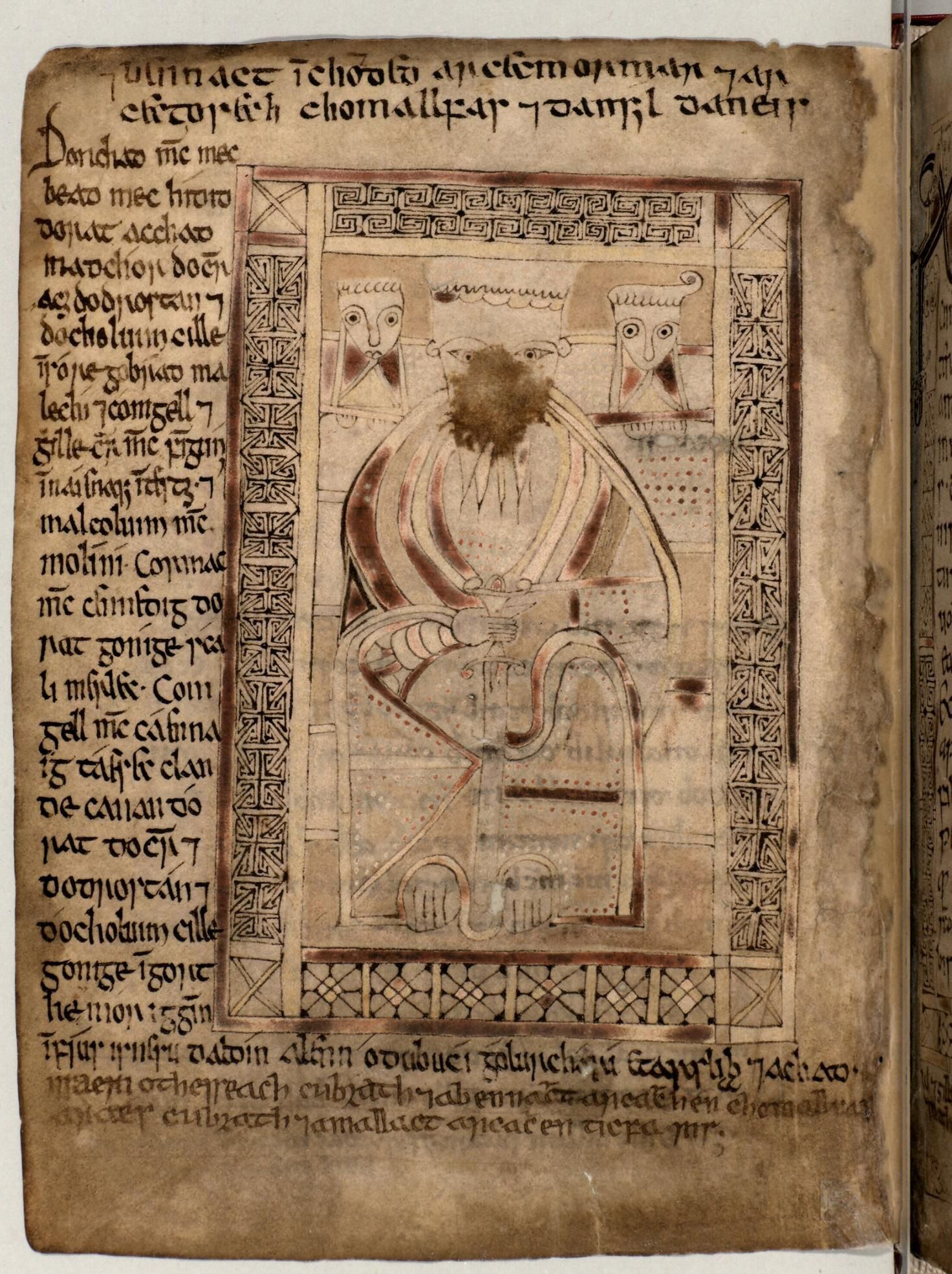
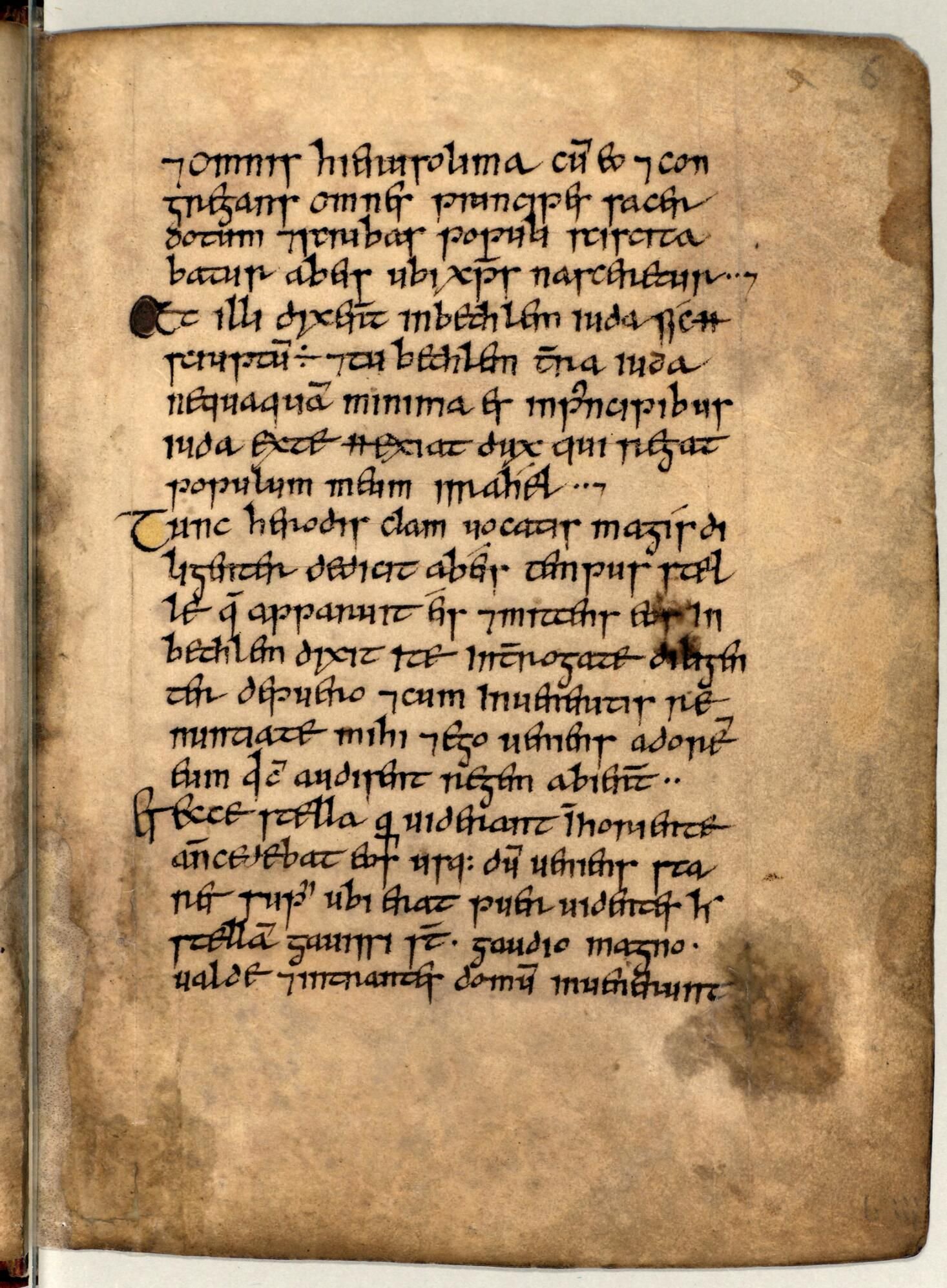
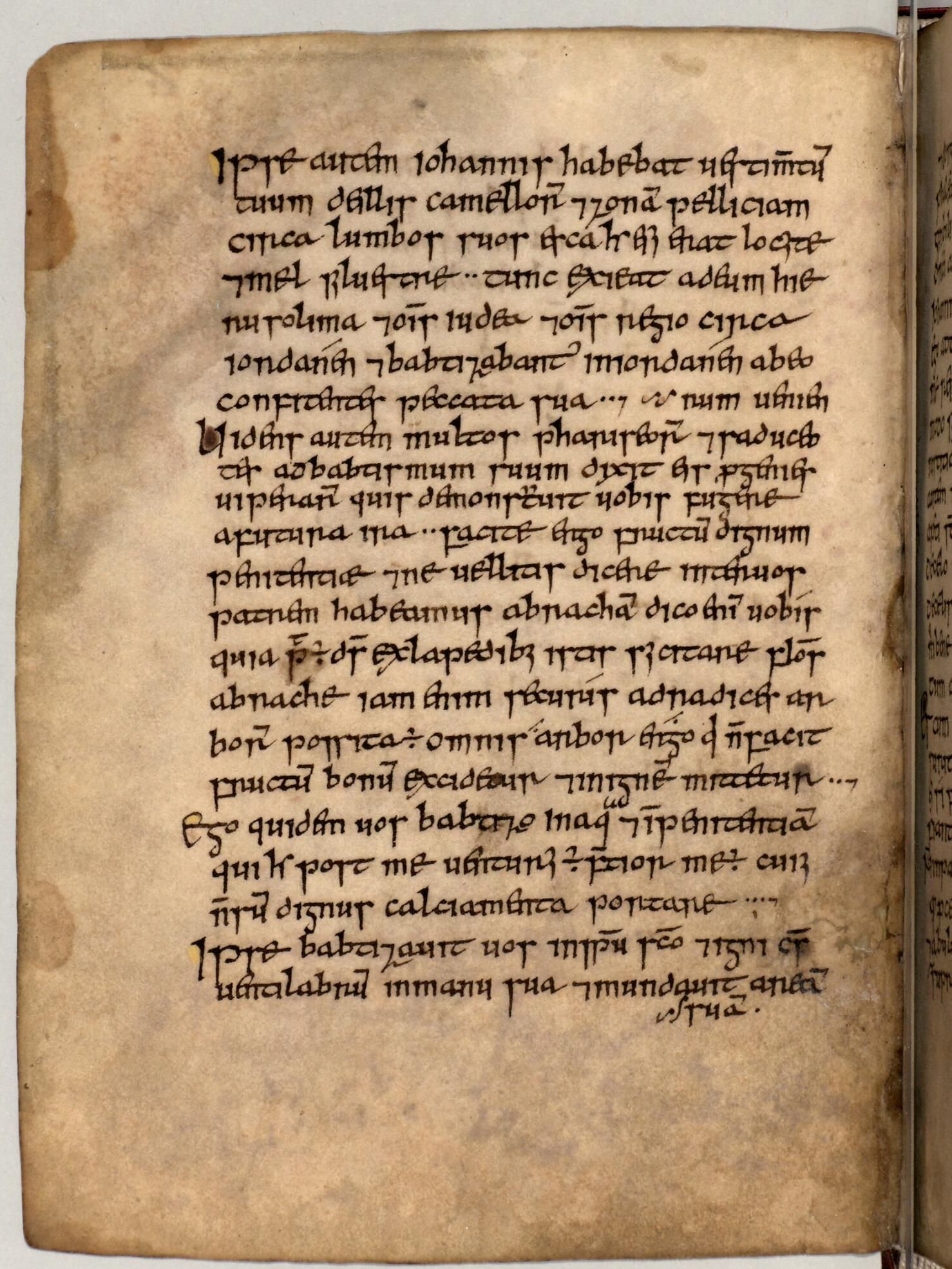
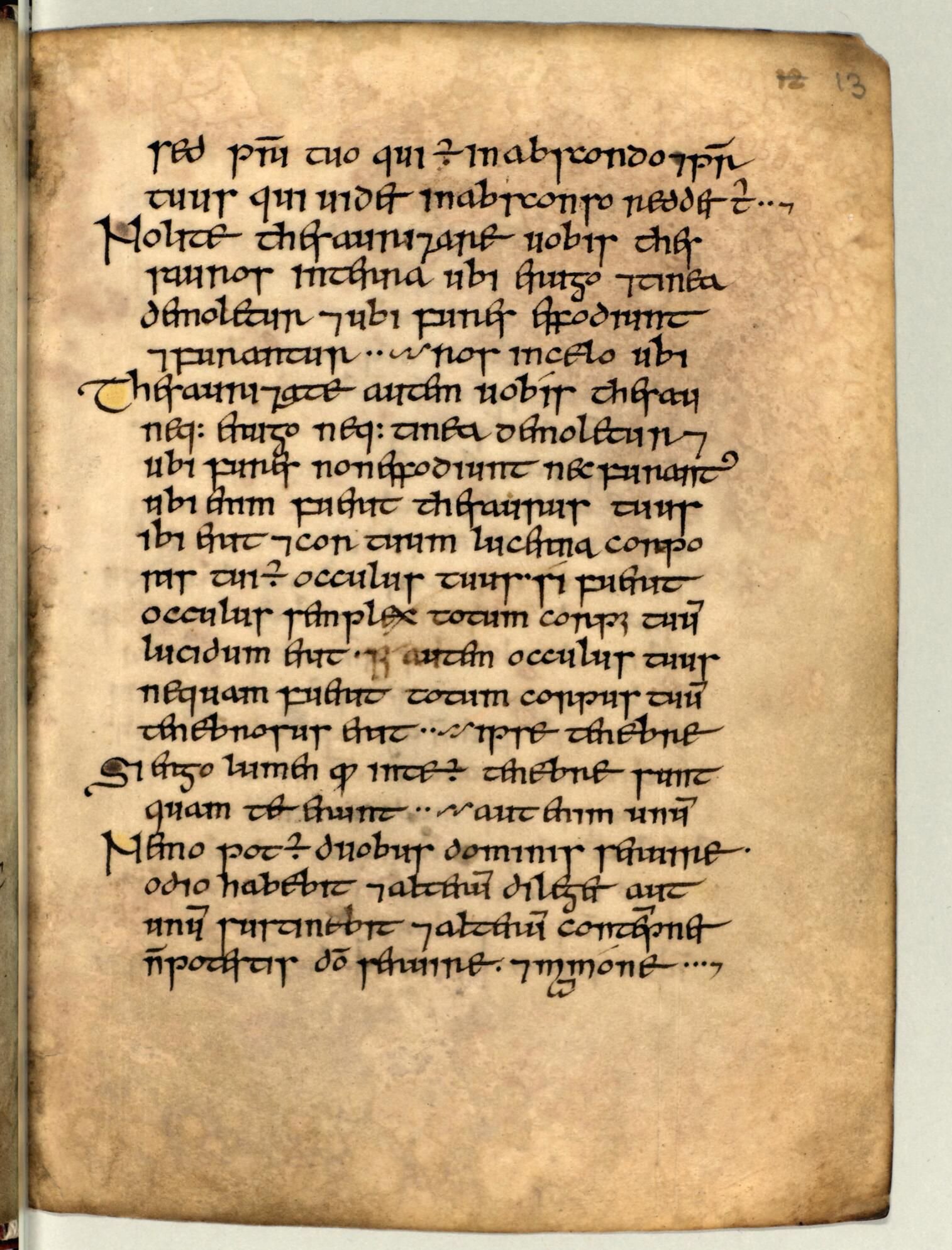
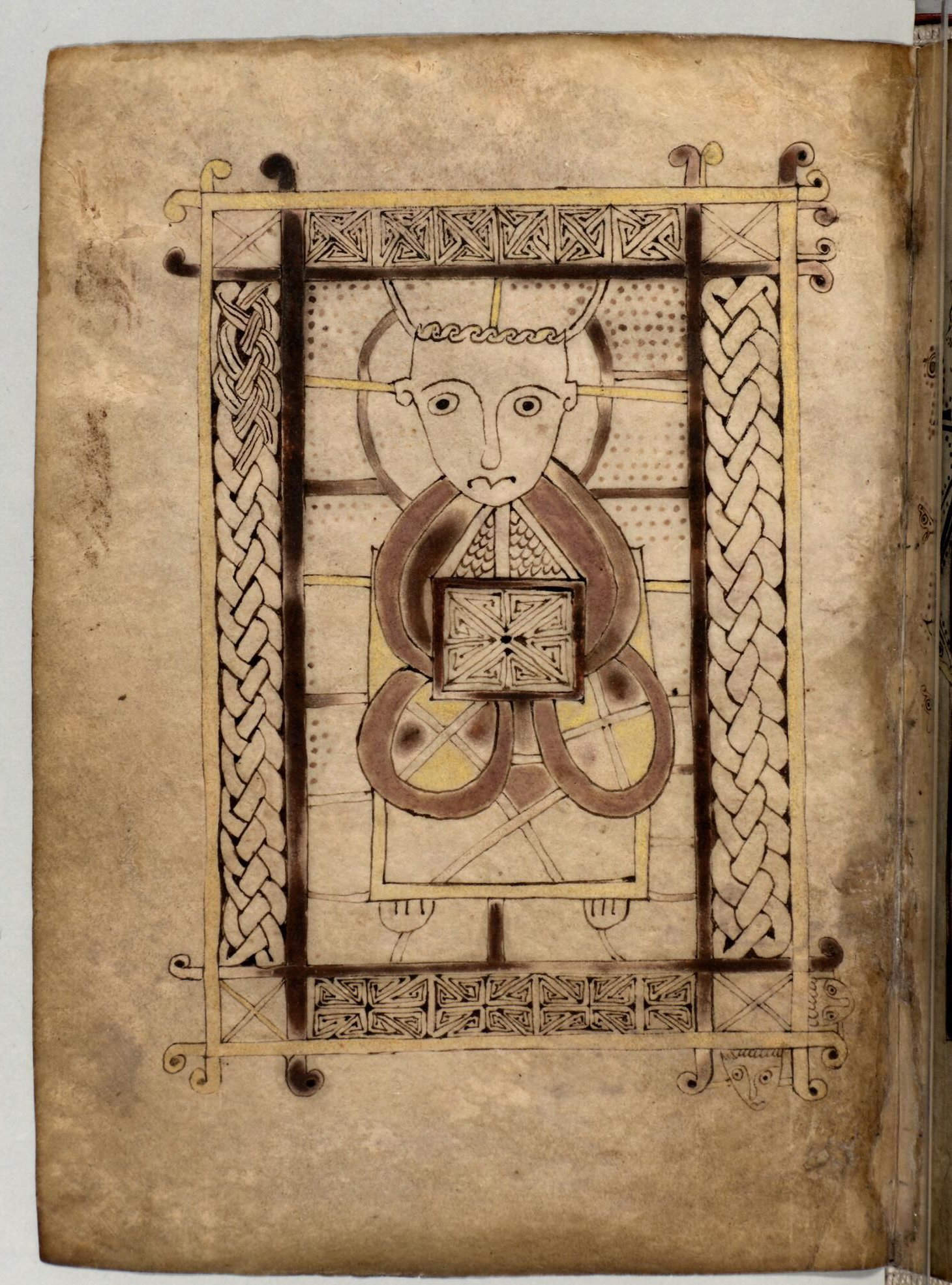
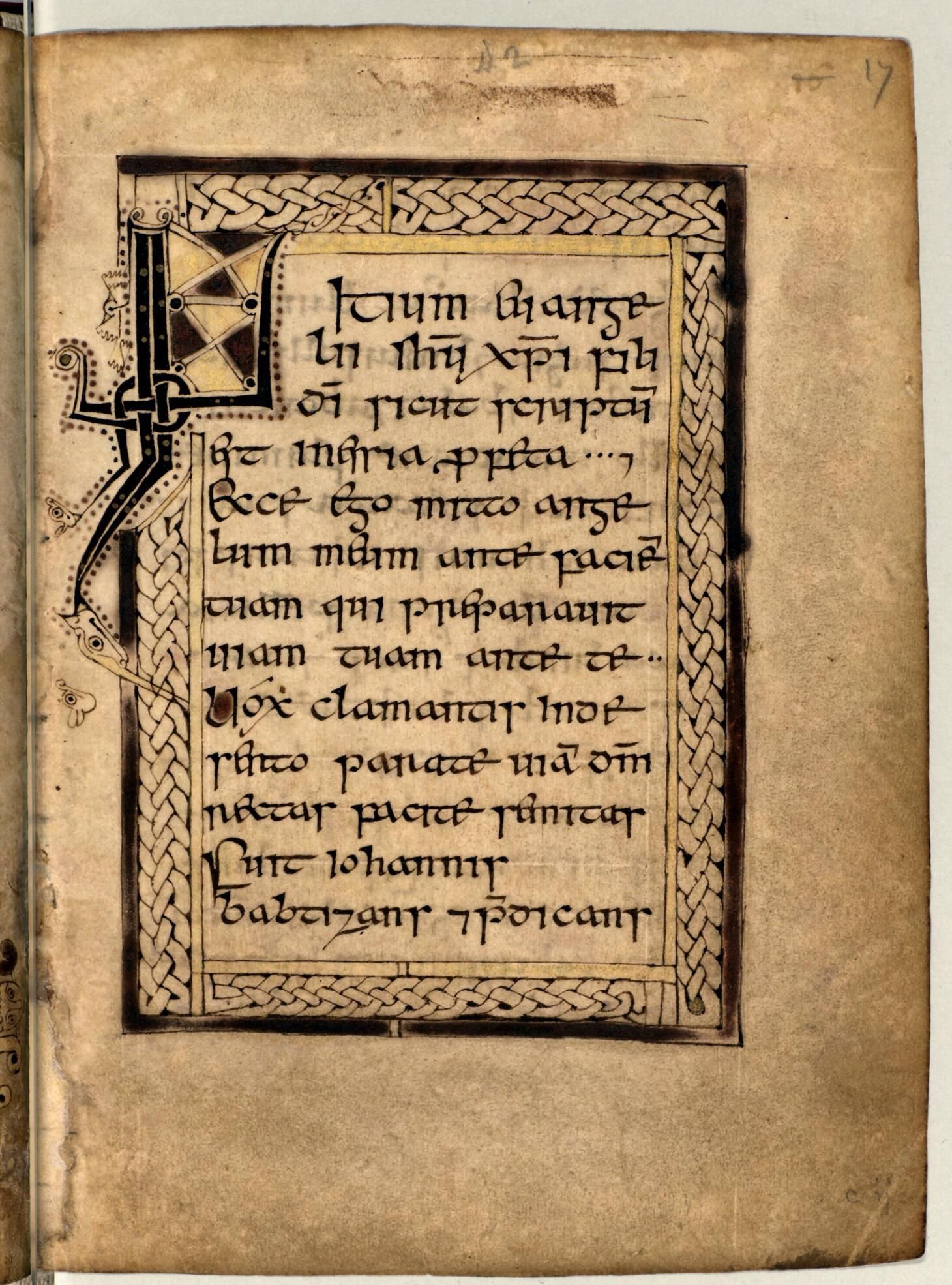
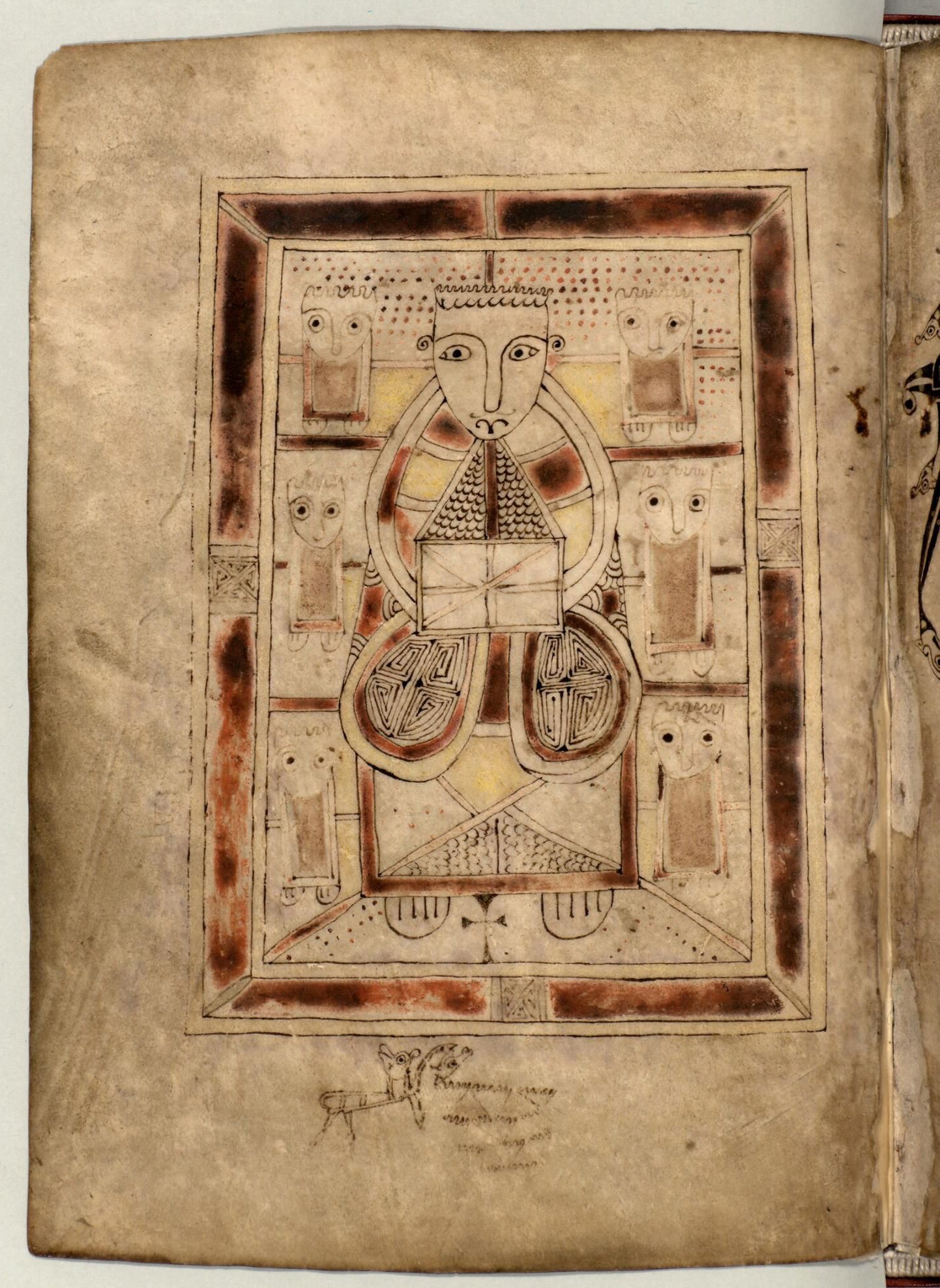
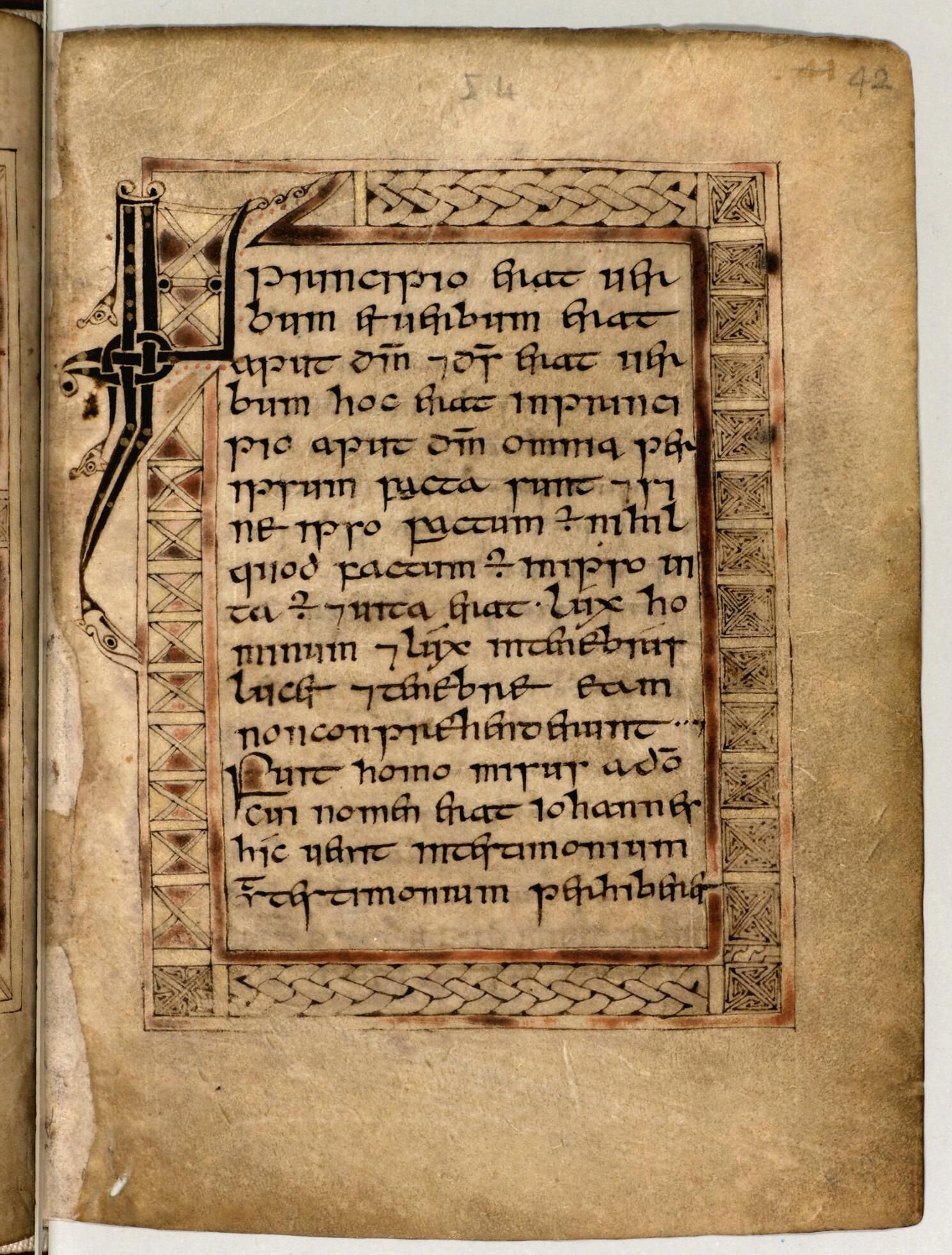
Book of Deer 1382–1425 (Welsh)
About This Facsimile Edition
Reproduction Source: Cambridge University Library, MS Ii.6.32
Contents: Full-color facsimile of every page, including Latin gospel sections and Gaelic marginalia
Binding: Hand-sewn hardcover in genuine leather or Leather hot stamped with title and date.
Size: Matches original dimensions (approx. 6 x 4 inches) 172 pages
Paper: Archival-quality, semi-gloss finish for historical fidelity
Limited Edition: Each copy is hand-numbered and unique
Historical Background:
The Book of Deer, created in the early 10th century, likely emerged from a small monastic scriptorium at Deer in Aberdeenshire, Scotland — a Culdee Christian site associated with Saint Columba and Saint Drostan. Its Latin Gospel fragments (primarily Matthew, Mark, and Luke) are written in a beautiful Insular script, modest yet deeply connected to the Irish-Northumbrian gospel tradition of the Book of Kells and Lindisfarne Gospels.
But it is what was added later — around the 12th century — that makes this manuscript a landmark in Scottish history.
Earliest Gaelic Writing in Scotland:
Into its margins were inscribed several legal charters and monastic land grants — written in an early form of Scottish Gaelic. These notes represent the earliest surviving written Gaelic in Scotland, making the Book of Deer the first manuscript to capture the native language of the medieval Highlands in written form.
The entries record:
Monastic land holdings
Founding legends tied to Columba and Drostan
Church rights and tribal interactions with the crown
This makes the manuscript not only a religious text but also a living historical record — a bridge between oral Celtic tradition and written Christian law.
Later History and Rediscovery
The manuscript vanished from Scotland for centuries until its rediscovery in the 19th century within the holdings of Cambridge University Library. Its journey there remains uncertain—possibly brought south during the Wars of Independence or as part of ecclesiastical library consolidation.
Today, the Book of Deer is the subject of scholarly and national attention, with campaigns underway to return it permanently to Scotland. It remains a symbol of Scottish identity, language, and faith, offering a rare window into the island’s Celtic-Christian past.

